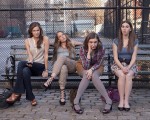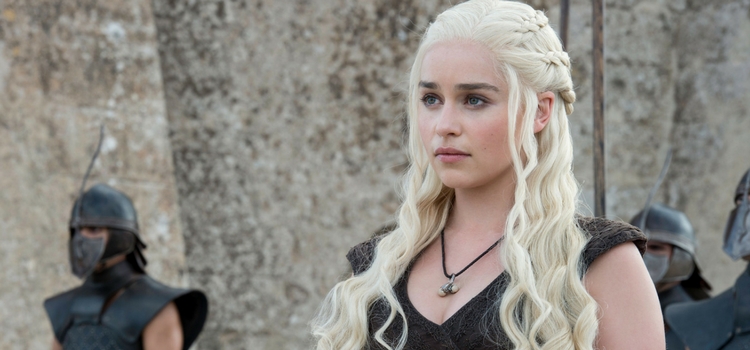In Focus
World of Women: Reel vs Real
The author explores depiction of females in two popular television series ’Girls’ and Game of Thrones’ on HBO
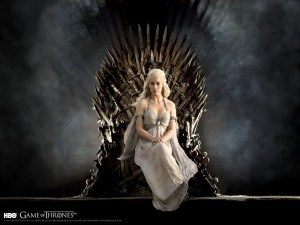 I had been hesitant to get on the bandwagon that tweeted and blogged their way to virtual stardom by criticizing George R. R. Martin on his representation of a heavily misogynistic world populated by powerful men and women trapped in their machinations in Game of Thrones. And I thank those seven demons I worship for that. For all the plethora of words tossed out there about the gender politics within Game of Thrones, this article is about something else entirely. I am here talking about the divergence of gender representation in fantasy versus “real world” television for today. For an example of modern “realistic” television, I am looking at HBO’s new NYC comedy, ‘Girls’.
I had been hesitant to get on the bandwagon that tweeted and blogged their way to virtual stardom by criticizing George R. R. Martin on his representation of a heavily misogynistic world populated by powerful men and women trapped in their machinations in Game of Thrones. And I thank those seven demons I worship for that. For all the plethora of words tossed out there about the gender politics within Game of Thrones, this article is about something else entirely. I am here talking about the divergence of gender representation in fantasy versus “real world” television for today. For an example of modern “realistic” television, I am looking at HBO’s new NYC comedy, ‘Girls’.
‘Girls’ is marketed as the love child of Sex and the City and “everyone comes to New York to live their dream” story for the lost millennial. It chronicles the fumbling adventures of four “typical women trying to make their way in the hipster-infested world of New York.
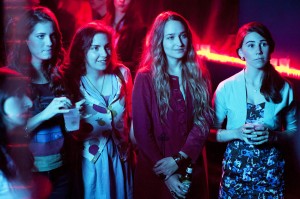 Let us forget for a second that for satire, the show is decidedly not funny. After a disturbingly bland first episode, I was struck by the unbearable ennui and apathy of the main characters. The women are hopeless stereotypes of First World problems given form, racially bland, and focused on their own self-importance. And as a representation of women, Girls rings of a kind of terrifyingly banal view of women that is boggling. In just the first episode, the female characters dance the modern dance of frighteningly empty sex, drug use, and how to beg your family for financial support when you’re a hopelessly unmotivated creative in NYC.
Let us forget for a second that for satire, the show is decidedly not funny. After a disturbingly bland first episode, I was struck by the unbearable ennui and apathy of the main characters. The women are hopeless stereotypes of First World problems given form, racially bland, and focused on their own self-importance. And as a representation of women, Girls rings of a kind of terrifyingly banal view of women that is boggling. In just the first episode, the female characters dance the modern dance of frighteningly empty sex, drug use, and how to beg your family for financial support when you’re a hopelessly unmotivated creative in NYC.
Now, I watched the first episode purely after hearing another friend complaining about it. And while I watched, mouth gaped wide in horror, one thought crossed my mind – if this is stereotype offered of today’s modern woman, then I’ll rather find my girlfriend from Westeros.
The juxtaposition of Game of Thrones versus Girls might not entirely fair. When the limpingly unfunny portrayal of women in Girls is meant to be satirical, Game of Thrones is not. Yet both are supposed to be heavily character-driven shows and have the common feature of portraying beautiful, mostly upper-class, mostly white women. Sitting through the first episode of Girls, however, I was stuck by the notion that I’m inclined to root for women who are oppressed by their circumstance as opposed to themselves. Where the world of Westeros is hopelessly misogynistic, it represents a contextual gender inequality that still inspires more powerful women character with whom to empathize, rather than these modern Girls in a post-feminist American comfort.
The handling of sexuality and female sexual power, for example, comes off as utterly graceless in Girls as opposed to Game of Thrones (GoT), which is startling to me considering GoT is the one that goes out of its way to show the debasement of women. In season one of GoT, Daenerys Targaryan is basically sold to Khal Drogo for an army by her own brother and made to have sex with him. Yet that questionably consensual scene had none of the eye-covering, squirm-inducing awkwardness of the sex scene in the first episode of Girls, where Hannah basically lets herself get used. Hannah is not a slave, yet she tosses away dignity that characters like Daenerys or incest-prone Cersei Lannister carry with every instant on screen. And yet people question Martin’s work as misogynistic while Girls, is touted as “fresh.” Everyone is okay with this?
If the white-washed, hopelessly vapid women of shows like Girls are meant to be recognizable as representative of modern issues, then the work cut for those planning to make International Women’s Day a success is huge, if not impossible.
Cover Story
Unraveling the Mystique: Leap Day Myths from Around the Globe

Leap day, that enigmatic extra day added to our calendars every four years, has long been shrouded in mystery and folklore. Across cultures and continents, various myths and beliefs have emerged surrounding this rare occurrence. Let’s embark on a journey to explore some of the fascinating leap day myths from around the world.
The Irish Tradition of Women Proposing:

One of the most well-known leap day traditions originates from Ireland. According to Irish folklore, St. Bridget struck a deal with St. Patrick, allowing women to propose to men every leap day. It was believed that this reversal of traditional gender roles would bring good luck and fortune to the couple. While this custom may seem antiquated in modern times, it serves as a reminder of the evolving nature of societal norms and the persistence of age-old customs.
Greek Superstitions:
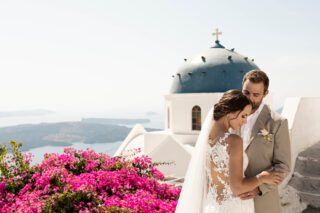
In Greece, leap years are often associated with superstitions and caution. It is believed that any actions taken during a leap year, especially major decisions like marriage or starting a business, may be fraught with misfortune. Consequently, many Greeks prefer to postpone significant endeavors until the following year, avoiding the perceived risks associated with leap years. This superstition highlights the deeply ingrained cultural beliefs surrounding auspicious timing and the fear of tempting fate.
Leap Day Babies:

For individuals born on February 29th, known as leap day babies or leaplings, their birthdays hold a special significance that transcends conventional calendar dates. In various cultures, leap day babies are said to possess unique qualities or destinies. Some believe they are endowed with good luck, while others consider them to be blessed with eternal youth. Regardless of the superstitions, leap day babies serve as a reminder of the extraordinary nature of time and the quirks of our calendar system.
The Perplexing Aztec Calendar:

Among the ancient civilizations of Mesoamerica, such as the Aztecs, leap years held particular significance within their complex calendrical systems. The Aztec calendar, known as the Xiuhpohualli, consisted of 365 days divided into 18 months, with an additional five “nameless” days at the end of the year. To reconcile the solar year with their calendar, the Aztecs periodically inserted leap days, known as Nemontemi, to ensure alignment with the agricultural and celestial cycles. These leap days were associated with rituals and ceremonies, underscoring the interconnectedness of time, culture, and cosmology.
Lunar Leap Day in China:

In traditional Chinese culture, leap years are intricately linked to the lunar calendar and the celebration of the Chinese New Year. Known as a “leap lunar month,” this phenomenon occurs approximately every three years within the Chinese calendar cycle. During a leap lunar month, an extra lunar month is added to maintain synchronization with the solar year. This adjustment ensures that traditional festivities, such as the Lunar New Year, occur at the appropriate seasonal intervals, preserving centuries-old customs and cultural heritage.
Leap day serves as a captivating intersection of timekeeping, tradition, and folklore, weaving a tapestry of myths and beliefs from diverse cultures around the world. Whether it’s the Irish tradition of women proposing, Greek superstitions, the enigmatic Aztec calendar, or the intricacies of the Chinese lunar cycle, leap day continues to captivate our imagination and inspire wonder. As we embrace the fleeting nature of this extra day, let us reflect on the rich tapestry of human ingenuity and the enduring legacy of our collective beliefs and customs.
Beauty
Jennifer Lopez’s Daring Fashion Choice: A Wetsuit-Inspired Gown Steals the Spotlight on the Red Carpet
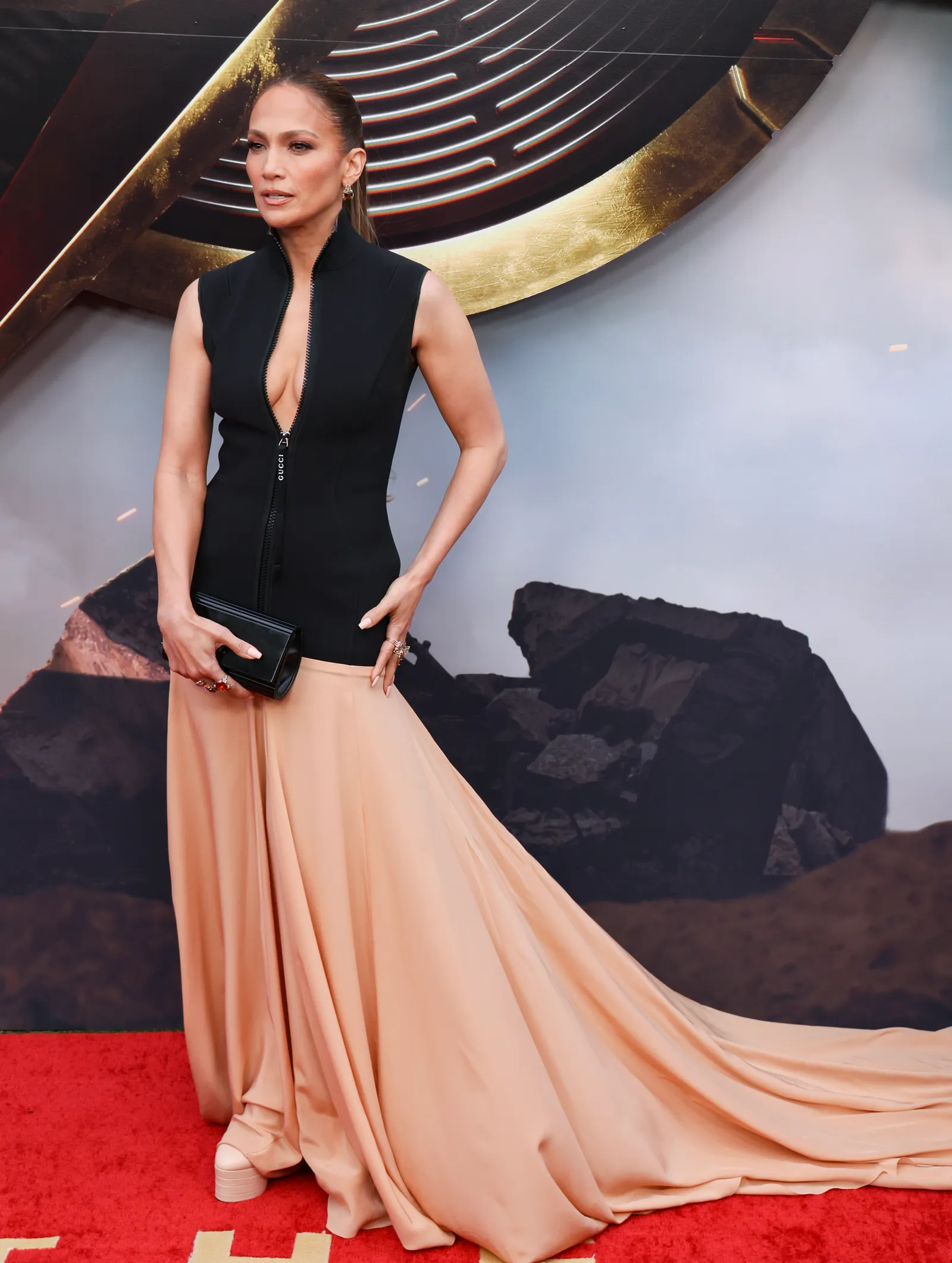
When it comes to making a statement on the red carpet, Jennifer Lopez is no stranger to turning heads. The multi-talented star recently attended the premiere of “The Flash” to support her husband, Ben Affleck, who reprises his role as Batman. While their public display of affection grabbed attention, it was their coordinated and eye-catching outfits that truly stole the show. Lending her style expertise, J Lo stepped out in a bold and unconventional gown inspired by wetsuit designs, proving that she continues to push the boundaries of fashion.

Styled by the talented duo Rob Zangardi and Mariel Haen, her gown was a striking creation from Gucci’s resort 2023 collection, fresh off the runways of Seoul. The ensemble featured a sleek black zip-up bodice reminiscent of scuba suits, adding a unique and unexpected element to the traditional red carpet attire. Contrasting the sporty top, a flowing peach satin maxi skirt with a long train exuded elegance and femininity.
While the gown was originally presented on the runway with a fully zipped-up collar, J Lo made a daring choice to unzip hers just above the belly button. This modification transformed the look into a more revealing and sensual ensemble, showcasing the star’s confidence and willingness to embrace risks. With every step, the gown accentuated her enviable figure, commanding attention and setting a new standard for red carpet fashion.
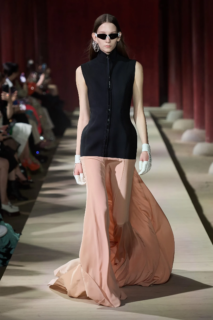
To complete her show-stopping look, Jennifer Lopez made careful choices when it came to accessories. She opted for a pair of white leather platform pumps from Gucci, elevating her height and adding a touch of sophistication. The choice of accessories further emphasized the fusion of sporty and elegant elements in her outfit. Complementing the gown’s black bodice, she adorned herself with exquisite jewelry pieces from Daniela Villegas and Le Vian, adding a touch of luxury and sparkle. Carrying a sleek black leather clutch bag by Kurt Geiger, J Lo effortlessly showcased her ability to curate every aspect of her ensemble.
One cannot overlook the sartorial synchrony between Jennifer Lopez and her husband, Ben Affleck. Affleck, known for his impeccable red carpet style, consistently mirrors the overall vibe of J Lo’s look. For the premiere, he opted for an all-black ensemble, comprising a sleek black suit, a matching black shirt, and polished black leather dress shoes. The couple’s synchronized fashion choices not only showcase their undeniable chemistry but also demonstrate their commitment to presenting a cohesive and visually appealing appearance together.
Jennifer Lopez continues to push fashion boundaries and surprise the world with her red carpet choices. Her wetsuit-inspired gown at “The Flash” premiere exemplifies her fearless approach to style. By incorporating sporty elements into a sophisticated ensemble, she proves that fashion can be both daring and elegant. Alongside her partner Ben Affleck, the power couple’s synchronized looks create an awe-inspiring visual spectacle, solidifying their status as fashion icons. J Lo’s ability to effortlessly command attention and make fashion statements ensures that she remains an influential force in the world of celebrity style.
Fashion
Unveiling the Mystery : The Rise of ‘Quiet Luxury’ – The Viral and Ultra-Expensive Fashion Trend Followed by Billionaires
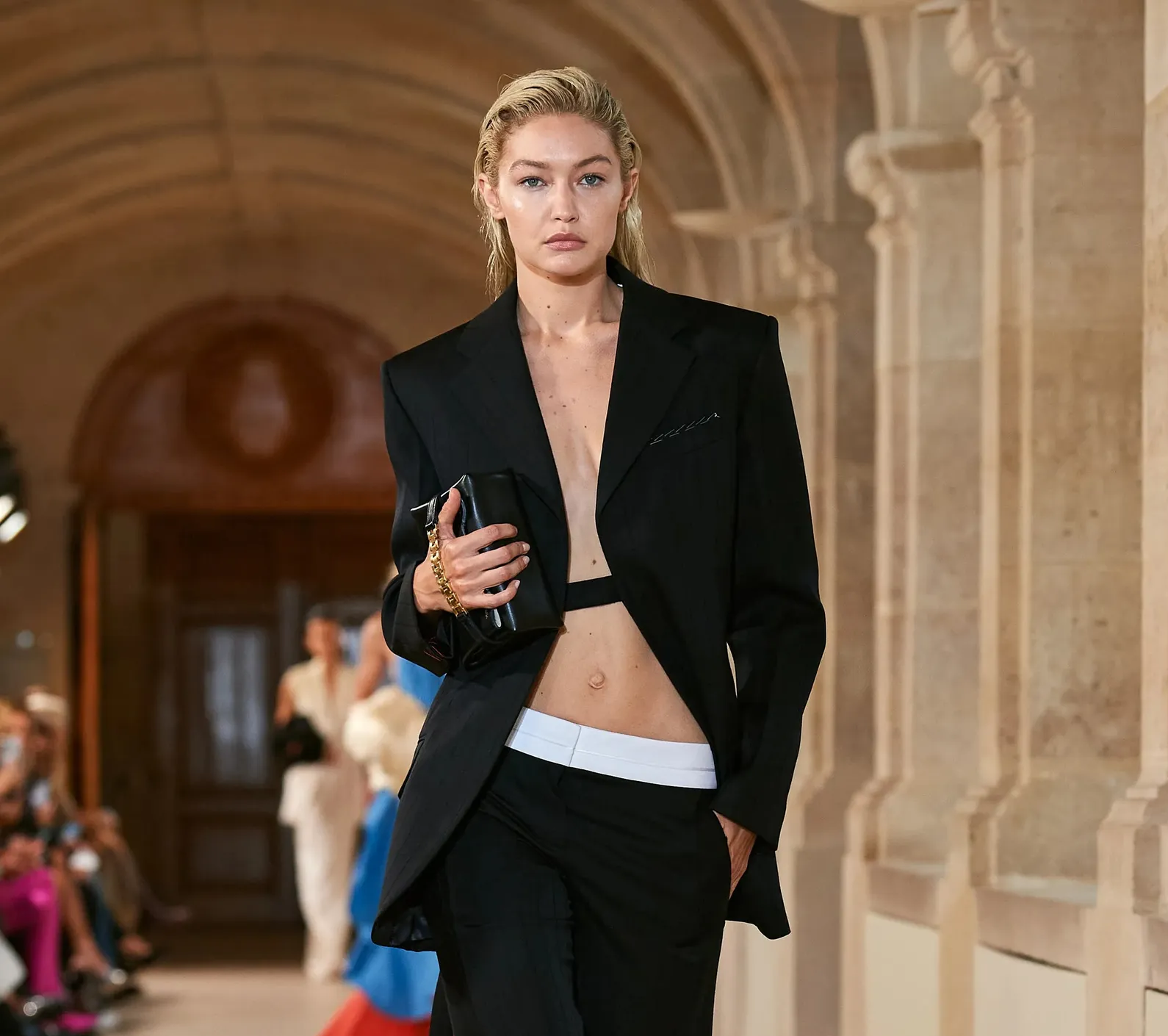
In the world of fashion, where flamboyance and opulence often take center stage, a new trend has quietly emerged, captivating the attention of celebrities, billionaires, and fashion enthusiasts alike. Known as “Quiet Luxury,” this viral and ultra-expensive fashion trend is causing waves in the industry, challenging the conventional notions of wealth display and style.
While many high-end luxury brands are known for their ostentatious and eye-catching designs, ‘Quiet Luxury’ takes a different approach. It revolves around the concept of dressing in understated, label-less clothing that exudes an aura of sophistication and exclusivity, despite its seemingly ordinary appearance. This trend has gained significant traction over the past few months, with influential figures embracing its allure.
So, what exactly is ‘Quiet Luxury’? At its core, it is a form of subtle wealth display, where the wealthiest individuals meticulously curate their attire with understated tones, simple cuts, and an absence of prominent logos. These seemingly unassuming garments, however, come with exorbitant price tags, often costing a small fortune.
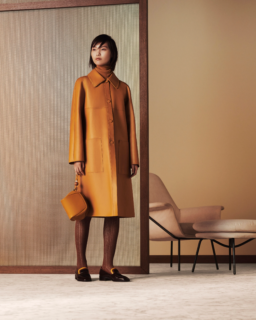
One notable incident that brought ‘Quiet Luxury’ into the spotlight was Gwyneth Paltrow’s appearance in court, clad in an impeccably tailored but discreet pantsuit. This choice perfectly exemplified the essence of ‘Quiet Luxury,’ showcasing the ability to convey elegance and affluence without resorting to overt displays of wealth.
The appeal of ‘Quiet Luxury’ lies in its ability to provide billionaires with a paradoxical blend of ordinariness and exclusivity. By adorning themselves in seemingly commonplace clothing, these individuals are able to blend in with the masses while exuding an air of refinement and extravagance. The garments they choose may appear unassuming to the untrained eye, but their true worth is hidden in the finest craftsmanship, luxurious materials, and meticulous attention to detail.
One prime example of this trend can be found in the wardrobe of Facebook founder Mark Zuckerberg, often seen sporting plain white or grey t-shirts that carry a hefty price tag. Such minimalistic pieces become the epitome of ‘Quiet Luxury,’ encapsulating the allure of hidden opulence within simplicity.
While ‘Quiet Luxury’ is not an entirely novel concept, its popularity has surged in recent times. The trend offers a safe and non-risky approach to fashion, favoring monochrome palettes, classic cuts, and timeless styles that are unlikely to fade away. This makes ‘Quiet Luxury’ an attractive option for those who seek to present themselves as both presentable and affluent, while also ensuring their fashion choices remain perpetually relevant.

In an era where ostentatious displays of wealth often dominate the fashion landscape, ‘Quiet Luxury’ stands as a captivating alternative, enticing the ultra-rich with its subtle allure. By embracing this trend, billionaires and celebrities alike have found a way to project their affluence with grace and sophistication, making a powerful statement without uttering a word.
As the influence of ‘Quiet Luxury’ continues to grow, we can only speculate on how this trend will shape the fashion industry in the coming years. Perhaps it will inspire a broader shift towards understated elegance and timeless style, encouraging individuals to redefine what it truly means to be fashionably wealthy.
-
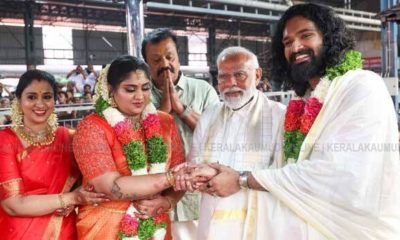
 Entertainment3 months ago
Entertainment3 months agoThe Stunning looks from Bhagya Suresh’s Wedding
-
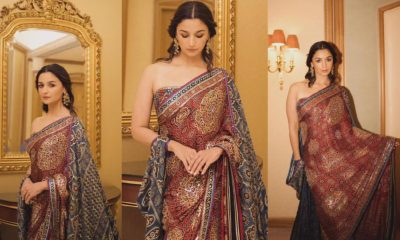
 Fashion3 months ago
Fashion3 months agoMost Discussed Ajrakh Saree of Alia Bhatt
-

 Entertainment3 months ago
Entertainment3 months agoThe Most Stylish Guests of Bhagya Suresh Reception
-
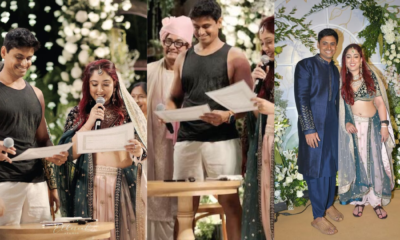
 Entertainment4 months ago
Entertainment4 months agoEverything about the Ira Khan wedding that is out of the norm
-

 Entertainment3 months ago
Entertainment3 months agoBridal Bliss : All Bridal Looks of Swasika Vijay
-
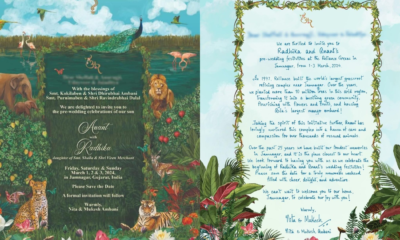
 Entertainment3 months ago
Entertainment3 months agoAll About The Dreamy Pre Wedding Invite Of Anant Ambani & Radhika Merchant
-
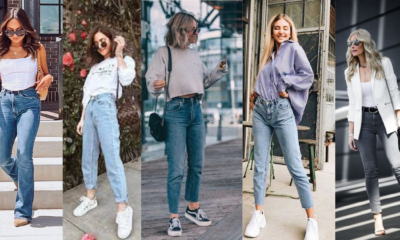
 Fashion3 months ago
Fashion3 months agoMajor Denim Trends You Need To Know in 2024
-

 Entertainment3 months ago
Entertainment3 months agoBest Looks from Golden Globes 2024




